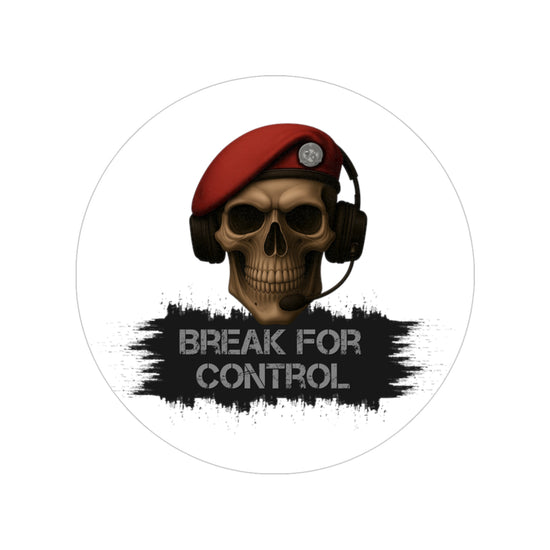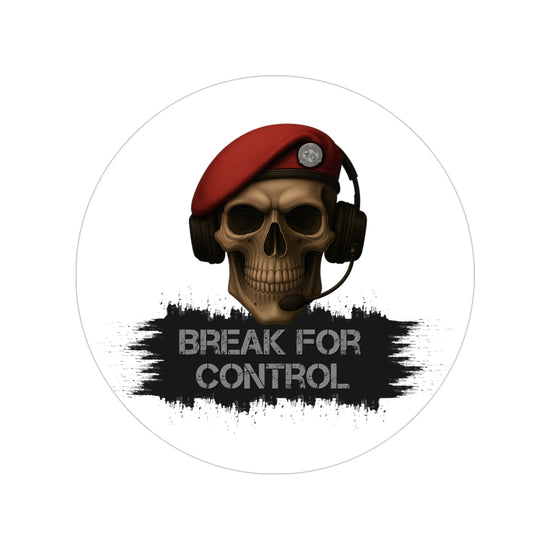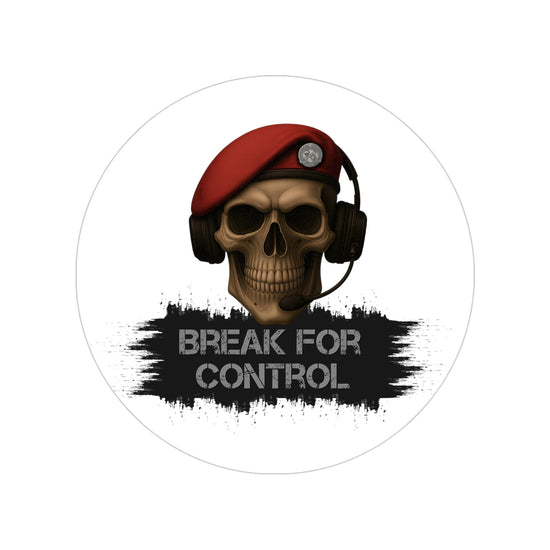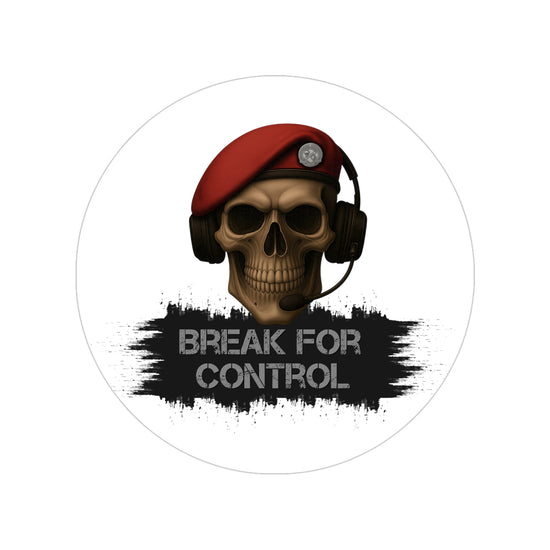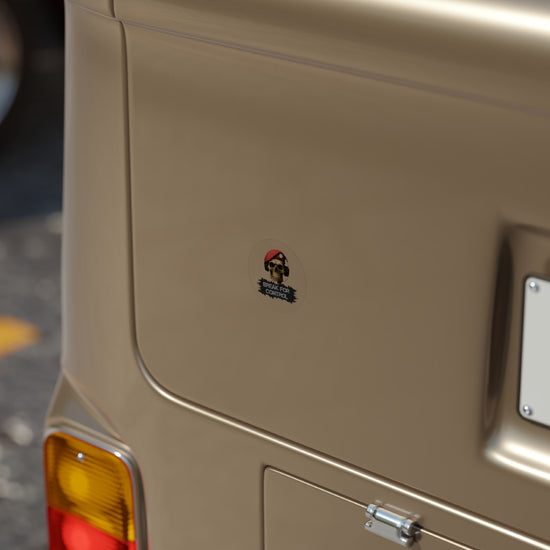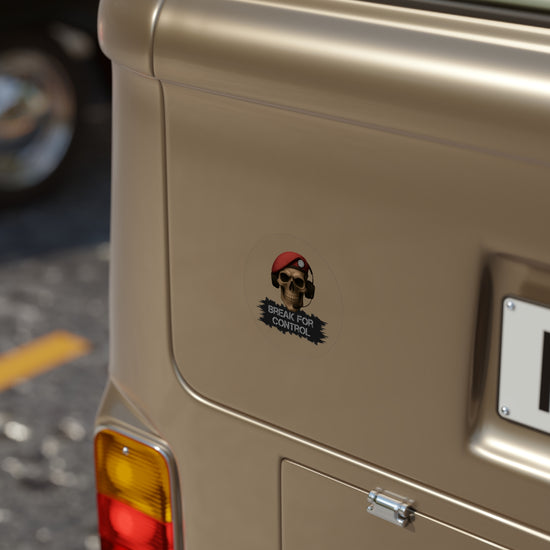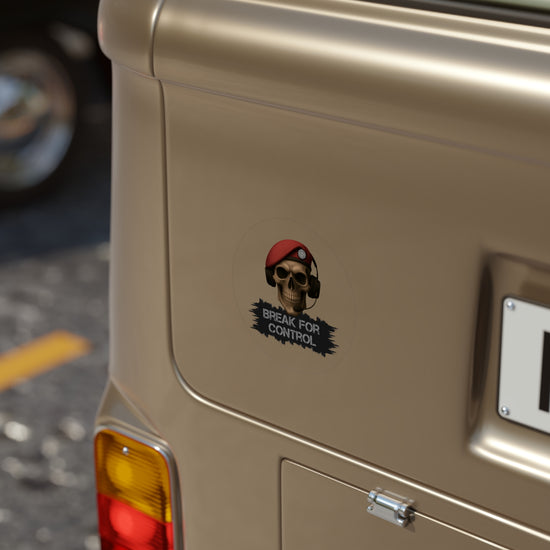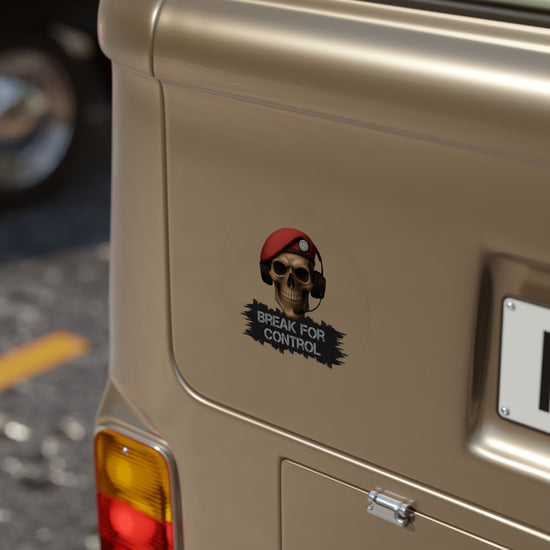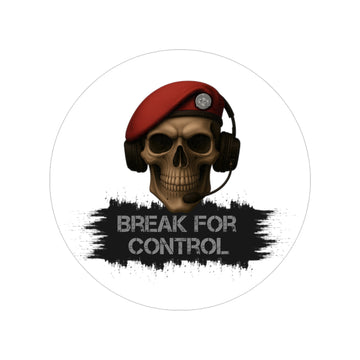
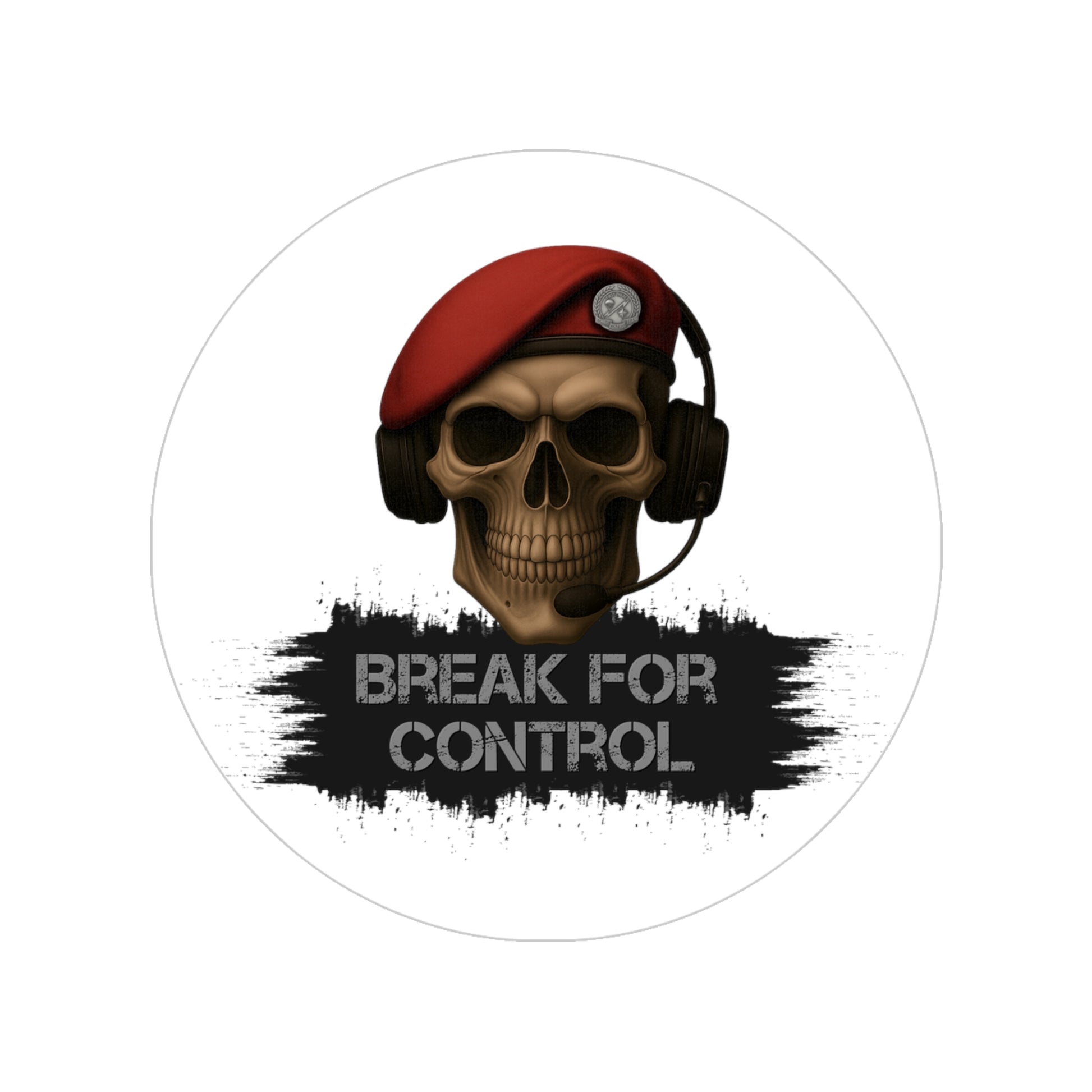
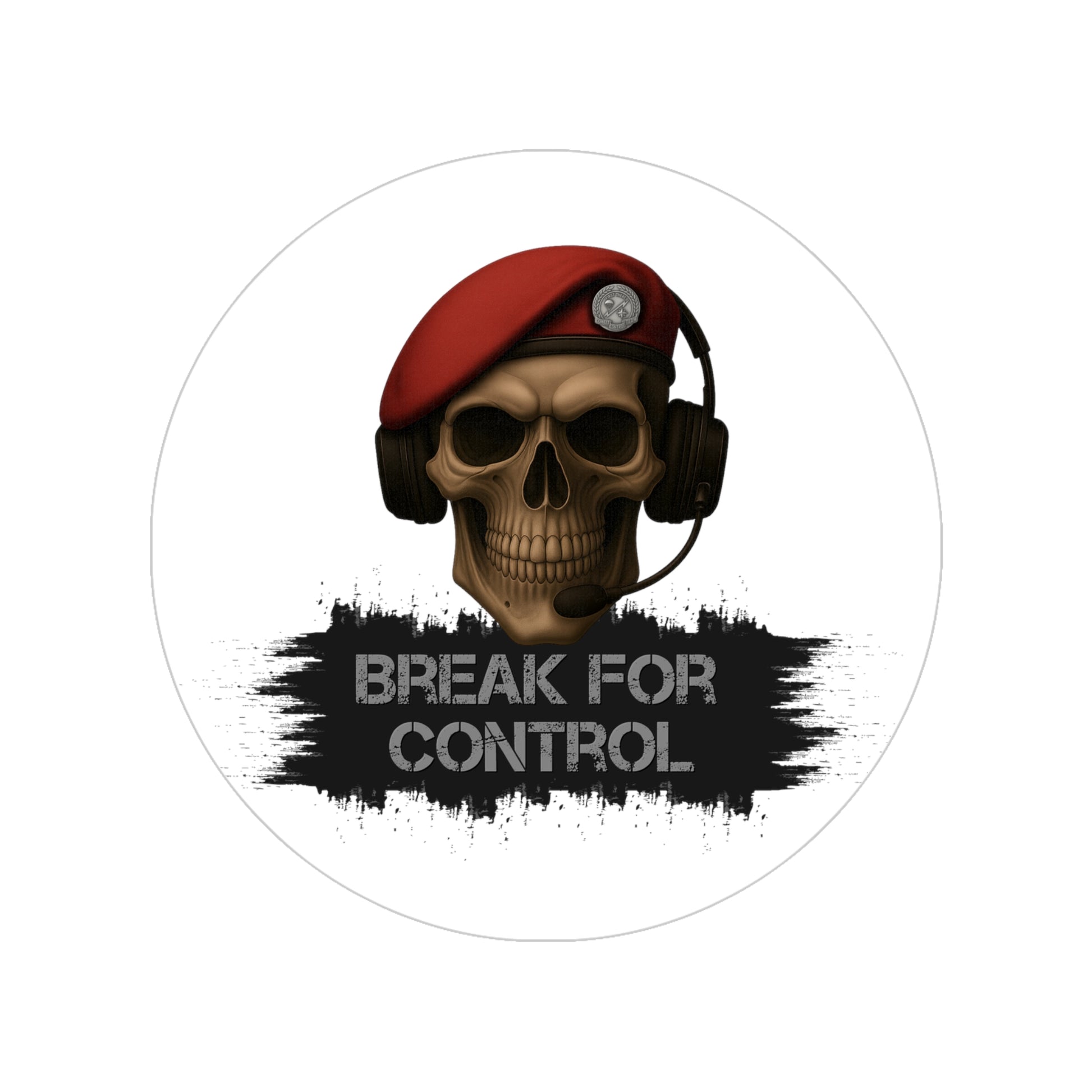
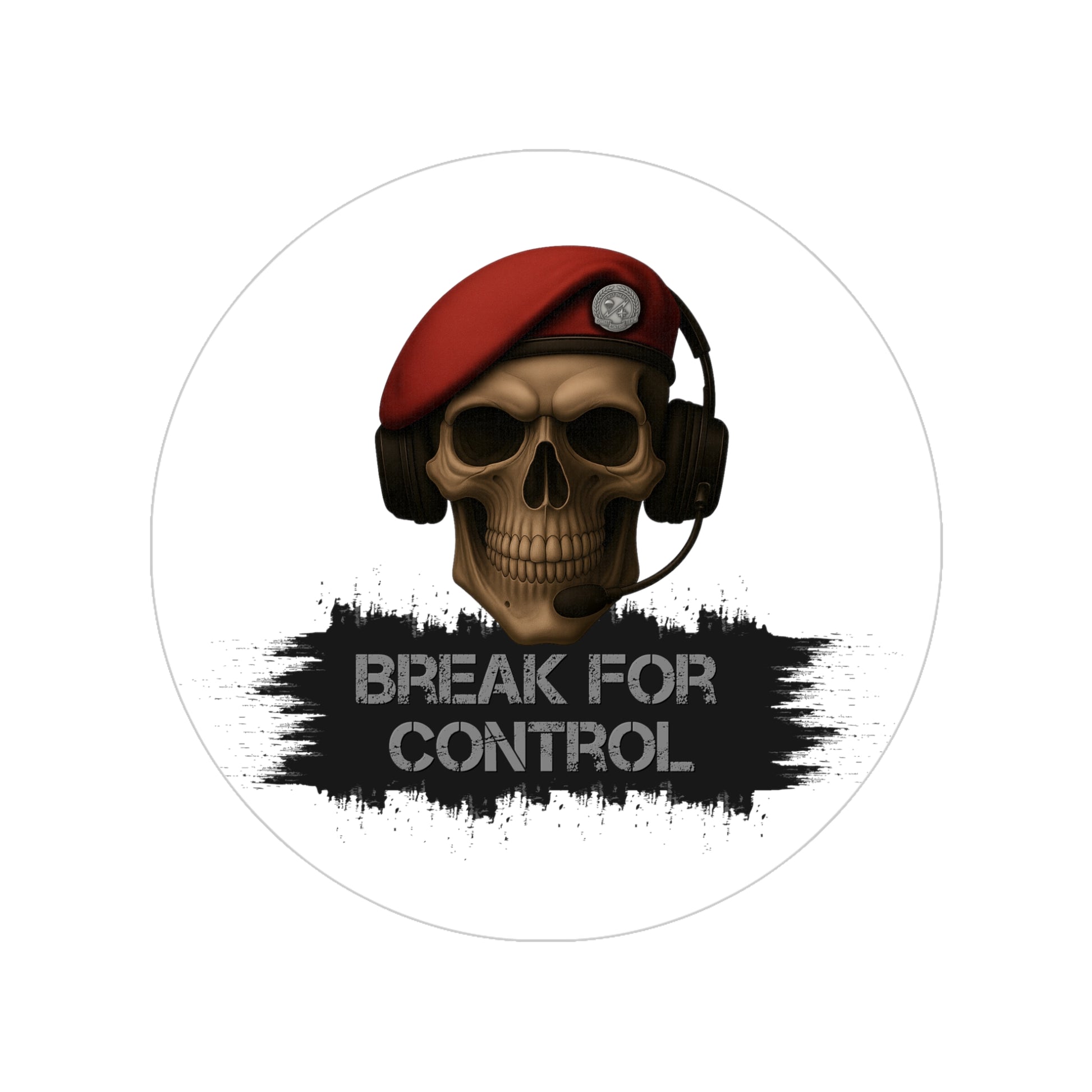
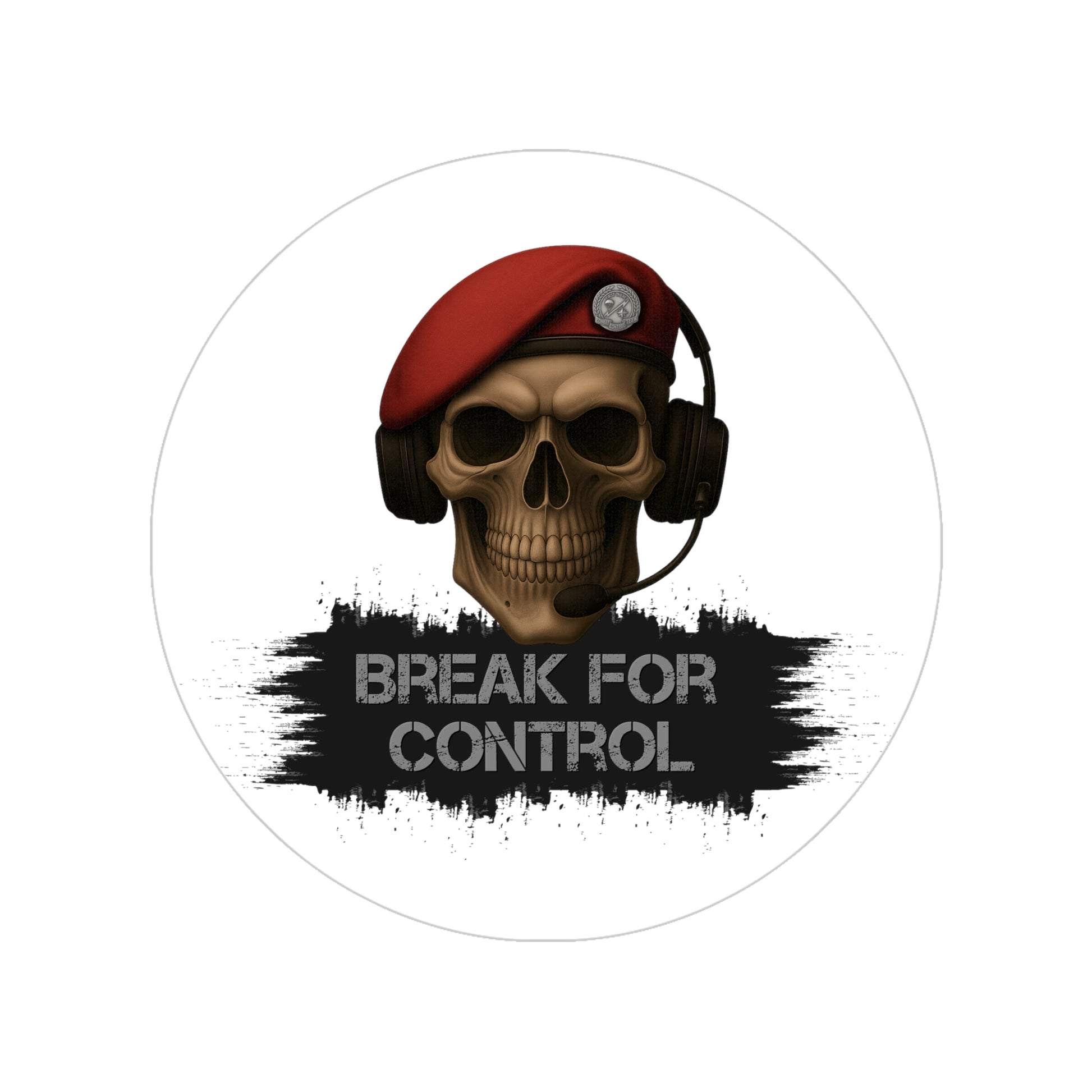
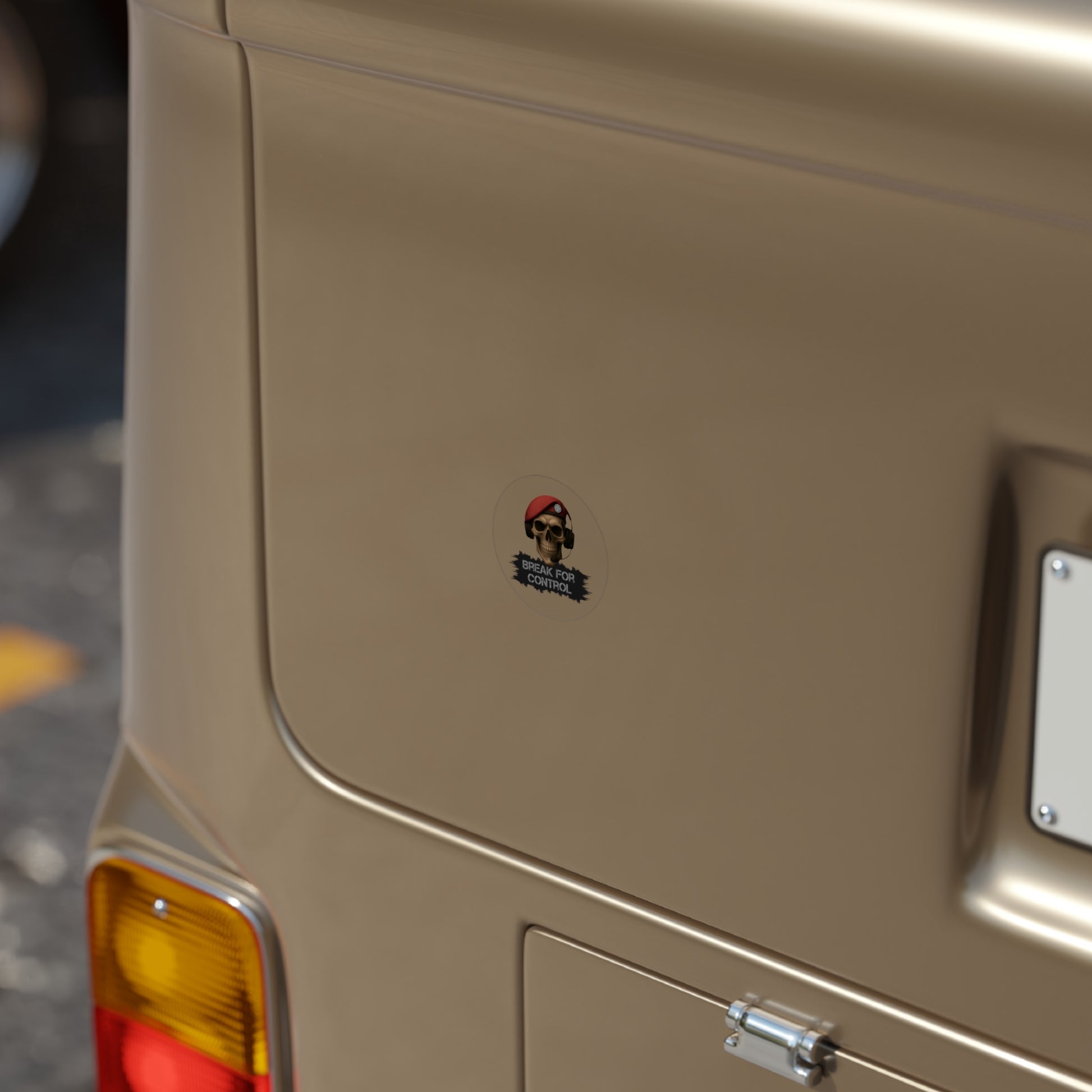

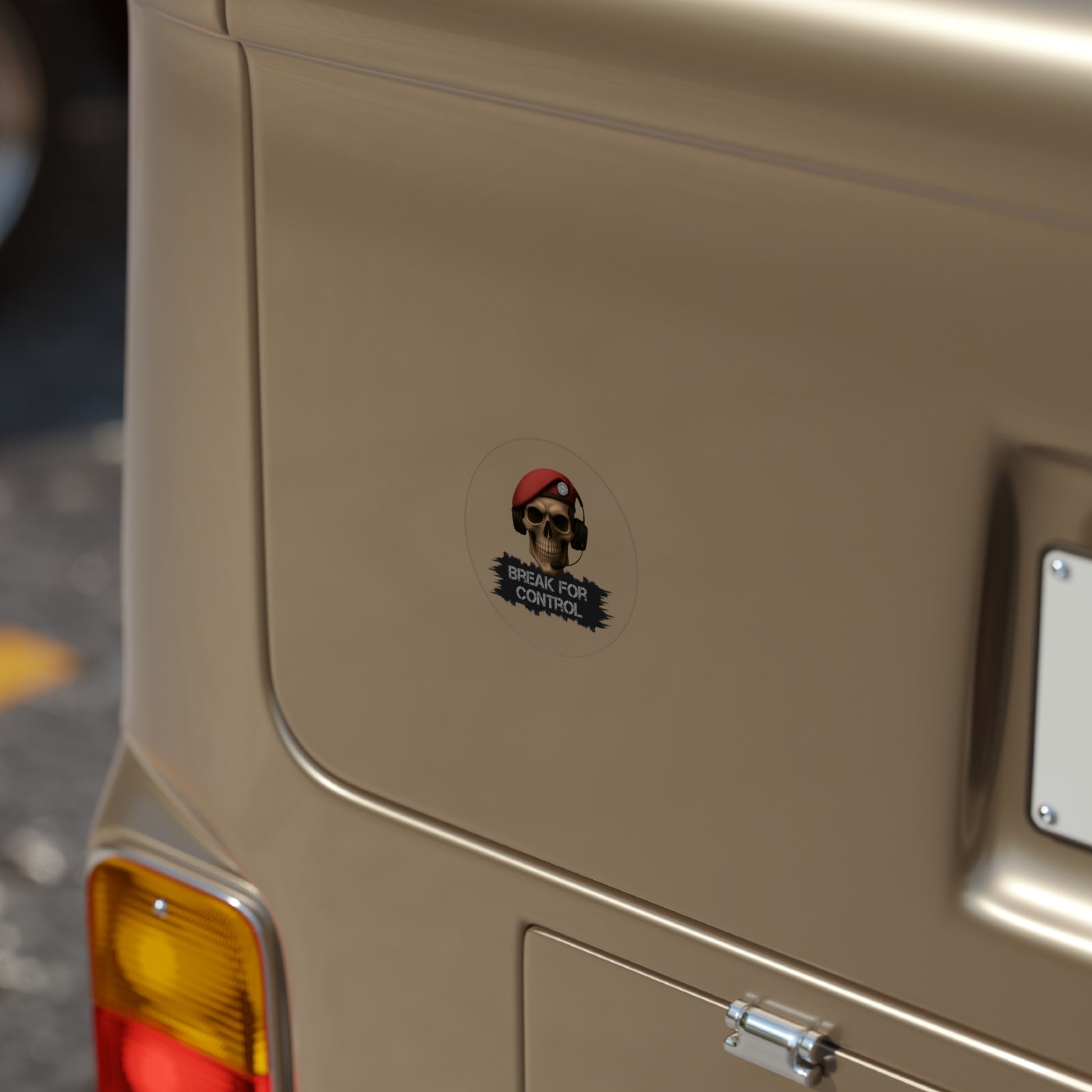

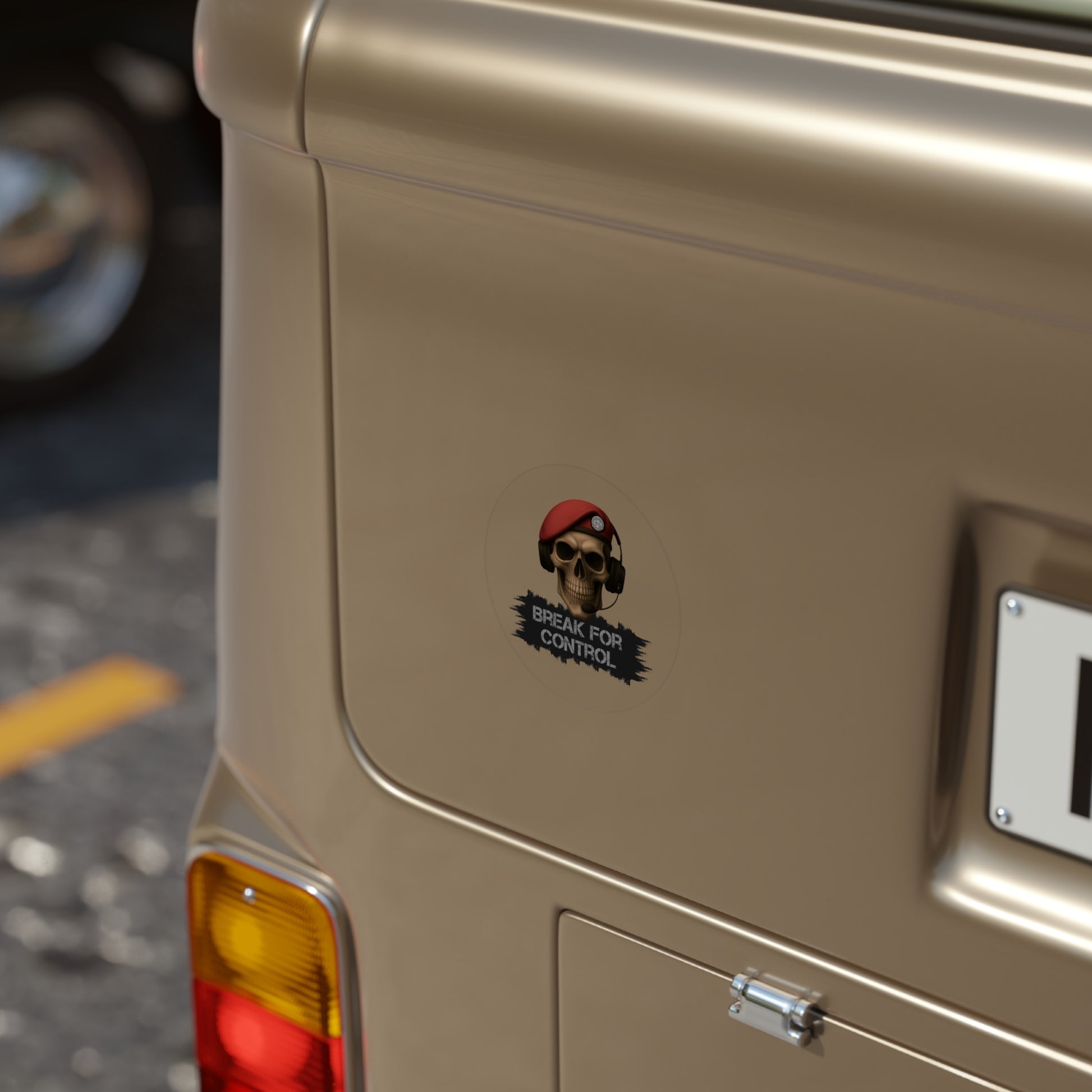

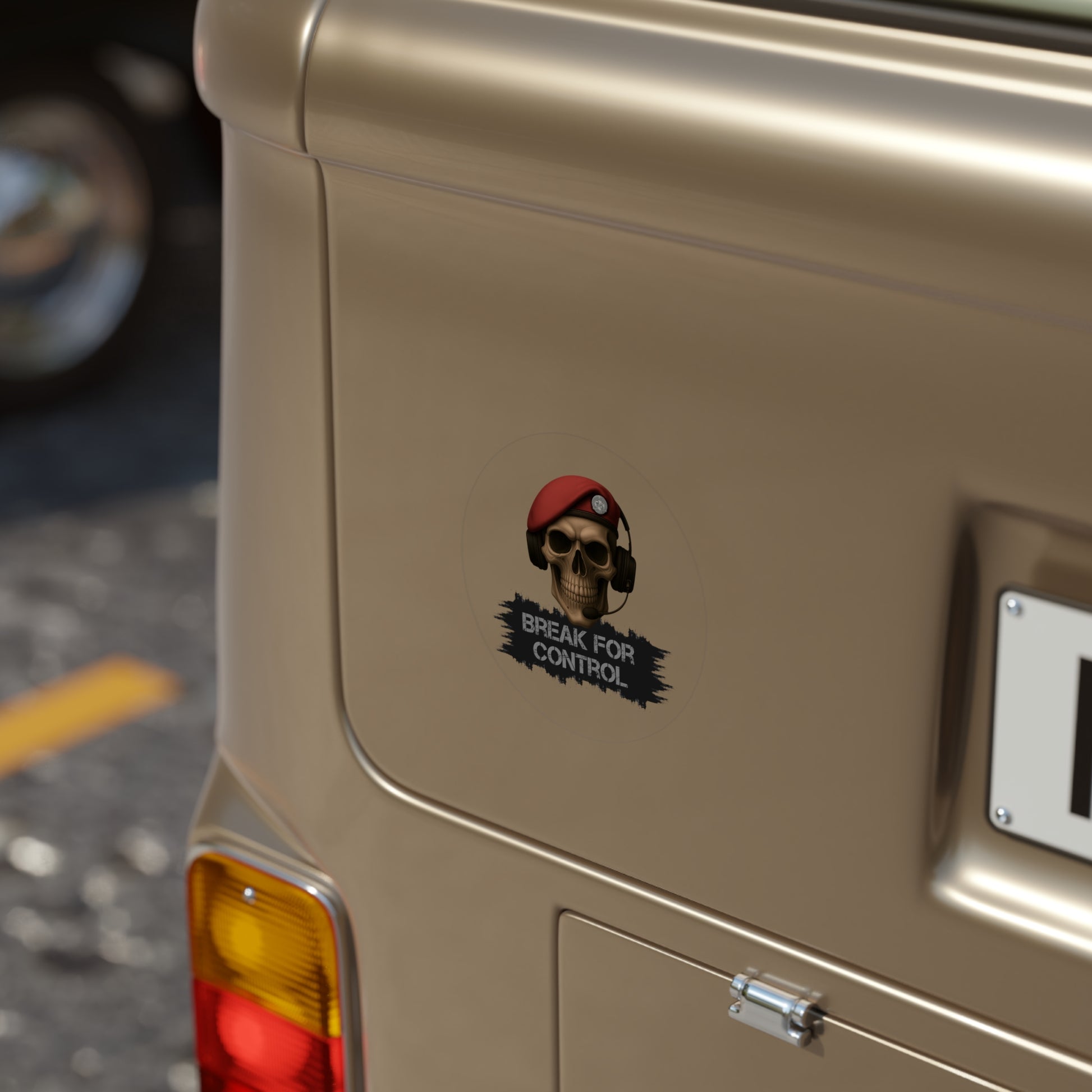

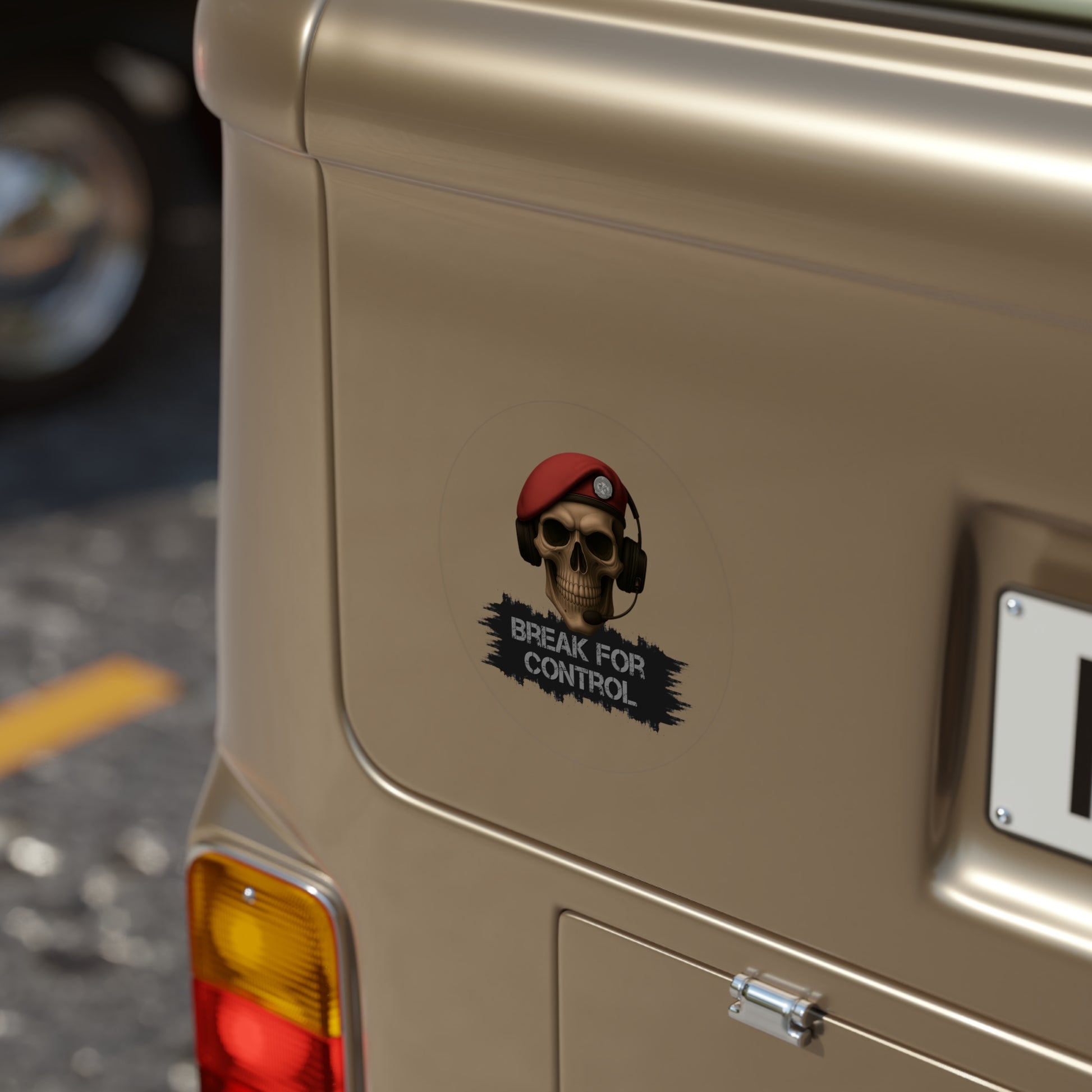

CCT Break For Control, Skull Themed Outdoor Sticker
-
Free Shipping for orders $50+
Money back within 30 days for an exchange.
A faithful throwback to the inaugural flash worn by the first Combat Controllers when the career field was established in 1953. Clean lines, bold color divisions, and the kind of design that meant something. We owe the old-timers a great deal of thanks and gratitude for all they have done for this nation and for the career field.
STS, Inc. is bringing back the old-school designs that meant something. Trademarked and unapologetic.
Product features
- Vibrant colors achieved through advanced printing techniques.
- Eco-friendly materials used in sticker production.
- UV protective laminate for enhanced durability and waterproofing.
- Long-lasting vinyl suitable for both indoor and outdoor use.
- Available in multiple sizes to fit various preferences.
Care instructions
- Use a soft, clean and dry cloth to gently brush any dust or dirt off from the center of the sticker outwards.
CCT History
Combat Control Teams (CCT) were established in 1953 to provide air traffic control and command-and-control capabilities in support of U.S. and allied special operations. Evolving from WWII pathfinders and glider operations, CCTs became essential for establishing drop zones, landing zones, and assault strips in denied or austere environments. Over the decades, they’ve deployed alongside every U.S. SOF element, enabling precision airpower in conflicts from Southeast Asia to the Middle East. CCTs are uniquely qualified as FAA-certified air traffic controllers and hold a wide array of advanced skills: they are certified Joint Terminal Attack Controllers (JTACs), combat divers, static-line and military free-fall parachutists (HALO/HAHO), qualified in demolitions, small unit tactics, survival/evasion/resistance/escape (SERE), communications, fire support coordination, and reconnaissance. Their ability to integrate air and ground operations under extreme conditions makes them one of the most versatile and mission-critical assets in U.S. special operations.
